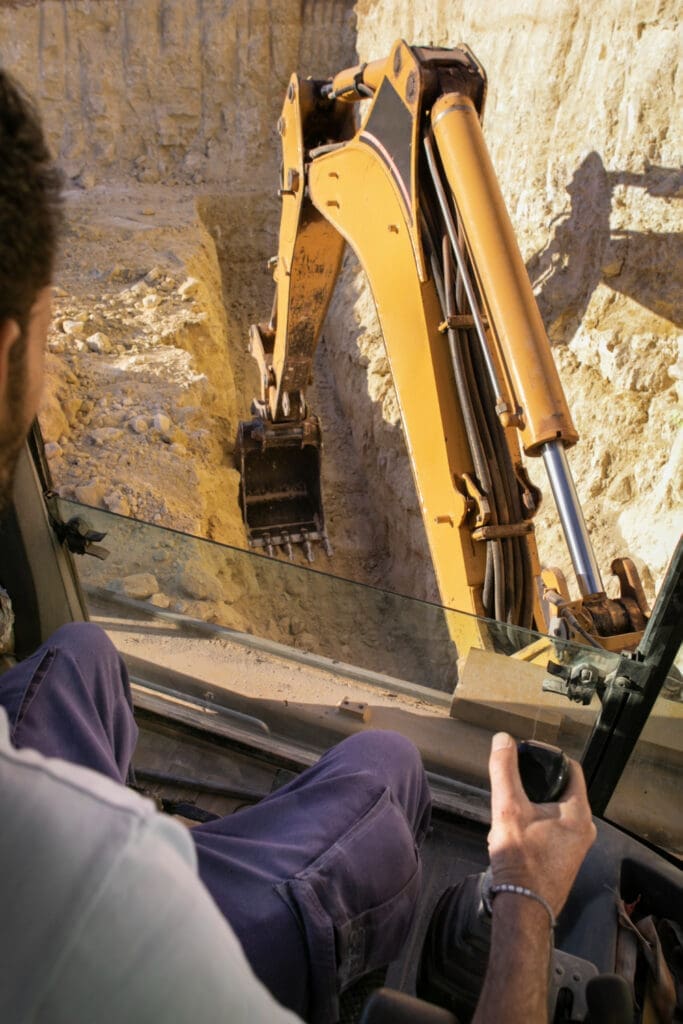When planning a construction project in Reno, adopting sustainable practices goes beyond just good intentions—it’s a necessity for protecting the local environment and ensuring compliance with regulations. Best Management Practices (BMPs) play a crucial role in achieving these goals by controlling erosion, managing stormwater, and safeguarding natural resources throughout the construction process. Installing BMPs effectively not only protects surrounding ecosystems but also contributes to the long-term success and viability of your project.
Preventing Sediment and Pollutant Runoff into Natural Water Systems with BMP Installation
Protecting local waterways from contamination during construction hinges on the proper implementation of BMPs. Sediment and pollutants from disturbed soil have a tendency to wash into nearby streams and rivers, harming aquatic habitats and degrading water quality. By installing erosion control measures, such as silt fences and sediment basins, you prevent these harmful materials from leaving the site. These controls trap sediment and reduce the amount of pollutants reaching water bodies, ensuring that your project maintains a cleaner footprint.
BMP installation addresses both the immediate and downstream impacts of construction runoff. It helps maintain the natural balance of waterways, preserving aquatic life and preventing costly restoration work later. When sediment and pollutants are effectively managed at the source, you reduce the environmental risk and demonstrate commitment to responsible construction practices.
Stormwater management is a central aspect of BMPs that directly impacts water quality during and after construction. By controlling sediment runoff, BMPs prevent buildup in storm drains and waterways, which can cause blockages, flooding, and habitat degradation. Implementing these measures safeguards Reno’s natural water systems and aligns your project with community environmental goals.

Effective Stormwater Runoff Management on Construction Sites in Northern Nevada
Controlling stormwater flow on your site reduces flooding risks and prevents water damage to both the construction area and adjacent properties. BMPs such as detention basins, infiltration trenches, and swales manage runoff by capturing and slowly releasing stormwater. This helps to moderate peak flows and prevents erosion caused by uncontrolled water movement.
Proper stormwater management also protects the stability of your construction site. Excessive runoff can wash away soil and materials, delaying progress and increasing costs. When BMPs regulate the volume and velocity of stormwater, they create safer working conditions and protect infrastructure investments.
By managing stormwater effectively, you comply with local regulations that require builders to minimize flood hazards and water pollution. These controls reduce liability and demonstrate your commitment to sustainable site development. Managing stormwater well keeps your project on track and aligned with environmental standards.
Long-Term Stability Through BMP Installation
Ensuring that your construction site remains stable and sustainable over time depends on the ongoing effectiveness of BMPs. Erosion control measures stabilize soil, preventing it from being washed away during rain events or wind. This stability protects foundations, landscaping, and nearby natural areas.
BMPs contribute to site resilience by maintaining vegetative cover and structural supports that hold soil in place. Keeping the soil intact reduces the need for costly repairs and remediation down the road. It also helps maintain the aesthetics and safety of your property as development progresses.
Sustainable soil stabilization practices support the longevity of your investment. They preserve the health of the site’s ecosystem and minimize negative impacts on neighboring properties. The use of BMPs for soil stability reflects an understanding of construction’s environmental responsibilities.
Ensuring Compliance with Environmental Regulations
Meeting local and federal environmental requirements is critical to avoid fines and project delays. Proper BMP installation is often a condition of permits issued for construction projects in the Reno area and beyond. These requirements are designed to limit environmental harm and promote responsible building practices.
By installing BMPs according to regulatory guidelines, you demonstrate adherence to legal standards and reduce the risk of enforcement actions. This proactive approach protects your project timeline and budget by preventing costly interruptions. It also builds trust with regulators and the surrounding community.
Working with experienced professionals to install BMPs effectively ensures that your site meets all compliance obligations. These experts understand the nuances of environmental standards and tailor BMP strategies to fit project-specific needs. Staying compliant enhances your project’s reputation and supports sustainable development goals.
Sustainable construction relies on careful BMP installation to protect water resources, manage stormwater, stabilize soil, and meet regulatory demands. By prioritizing these practices, you support Reno’s environment and ensure your project’s success. Consider reaching out for professional BMP installation services to make informed decisions that benefit both your construction goals and the community. Taking these steps fosters responsible growth and positions your project for long-term sustainability.